Tucked away in an unassuming section of Toronto in a climate-controlled facility not too far from territorial headquarters, some of the most important work of The Salvation Army is being undertaken by a devoted group of preservationists. Headed up by Major Ron Millar, the director of archives at the Heritage Centre, the team is in a veritable race against time.
“Our mission is nothing less than the preservation, protection and promotion of Salvation Army history,” declares Major Millar.
REPOSITORY
As the repository of Salvation Army history, the Heritage Centre has five main objectives:
- Collect
- Catalogue
- Preserve
- Digitize
- Retrieve
Collecting is in many ways the easiest part of the puzzle. Every week, the Heritage Centre receives a treasure trove of items from across the territory, especially in the wake of the recent divisional amalgamations.
“We’ve just received records from five corps in the Maritimes that have closed and/or amalgamated,” says Major Donna Millar, accessionist and archivist. “And a retired officer sent us his journals from the time when he was stationed in Africa during the civil war and famine in Biafra. It’s a fascinating historical record!”
As well, the College for Officer Training transferred material to the Heritage Centre when they moved to Toronto from Winnipeg, including a time capsule.
“There are all kinds of things that come in weekly that keep us pretty busy,” says Major Donna Millar.
O CHRISTMAS TREE …
It’s one thing to be blessed with an abundance of material; but all that material would be next to useless if it could not be readily accessed by students, historians or Salvationists.
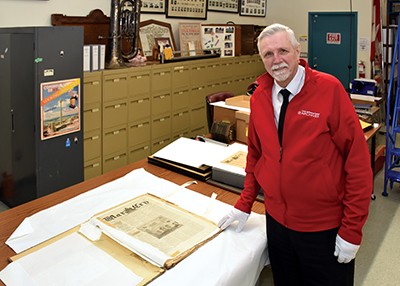
“The first step is to get everything into our database, and that’s where I come in,” smiles Major Donna Millar. “I prepare what we call an accession record, where I document every item that comes in, which gets its own record in the database, and I do it as carefully as I can and with as much detail as I can, to allow for easier cross-referencing.”
Each item—whether it be a photo, artifact, book or record—has a distinct number.
“We now have approximately 350,000 items in the archives collection,” adds Major Mike LeBlanc, assistant director of The Salvation Army Archives. “They are all currently being catalogued and, once there, we can retrieve that information.
“This makes a large portion of our collection now available to the public, so that the public can go in and search for the information they’re looking for and do that research themselves.”
When the Heritage Centre’s website was redeveloped, it was designed not to be static, but to continually evolve and grow, all the easier to bring people in and take them to its collection interface.
“It’s like having a Christmas tree with a bunch of wonderful ornaments—350,000 of them—but if we keep those ornaments shelved away in boxes, covered up, they are no good for anyone,” says Major LeBlanc. “Our mission is to show everything off.”
SHOWCASING ARMY HISTORY
The next piece of the puzzle is where digital archivist Camilo Mejia comes in. Part of his job is to take the records generated and give them a digital presence.
“We live in a tactile society where we want to see, feel and hear as best as we can,” he says. “And so, the next step in our development is the digitization of the 350,000 plus items, so that they will not only be searchable and available, but there will be a physical representation as well—you’ll be able to see that artifact or review that document.”
This includes the thousands of photos residing at the Heritage Centre as well as Army magazines, such as The War Cry (now Salvationist), Faith & Friends and The Crest, and the digitization of The Living Word television series is almost complete.
“How many people still have an eight-track system at home or in their car, or a tape deck?” asks Major Ron Millar. “When you realize that we have hundreds of records here, you see the enormity of our challenge.”
The Heritage Centre now boasts three “labs,” where all sorts of visual, photo and audio files, such as glass slides, 78s, 45s, DVDs, VHS and cassette tapes, are scanned and/or converted to usable formats.
“The material we have is only as good as our ability to retrieve and showcase it,” says Major Ron Millar. “They have no value if all they do is sit on the shelves and gather dust. And we are determined not to let that happen.”
“SNAPSHOT ON OUR PAST”
Over the next year, Salvationist will showcase just a small assortment of all the more than 350,000 items that the Heritage Centre has to offer.
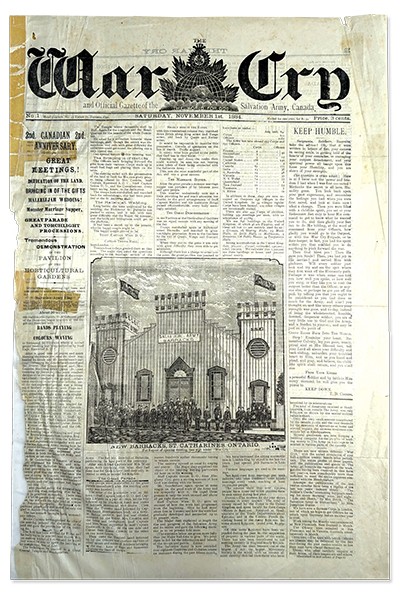
This month, we are spotlighting the very first issue of The War Cry, which was published in November 1884.
As the official voice of The Salvation Army in Canada, The War Cry started out as a four-page weekly newspaper that soon grew to 16 pages. The periodical was meant to inform and inspire both Salvation Army members and the general public on the church’s mission and what was going on from coast to coast.
“Its historical significance is huge,”says Major Ron Millar. “So much of the history of the early days of the Canadian Army is recorded in The War Cry. It faithfully contained reports of corps openings and doings and special events.”
Each edition included up to 20 corps reports, covering everything from funerals to the visits of the commissioners, so a treasure trove of historical information is contained in every issue, up to and including advertisements for official uniforms, blouses, hats and bonnets, Army hymns and even recipes.
“They are just amazing to read today as a snapshot on our past,” concludes Major Millar.
5 MAIN OBJECTIVES OF THE HERITAGE CENTRE
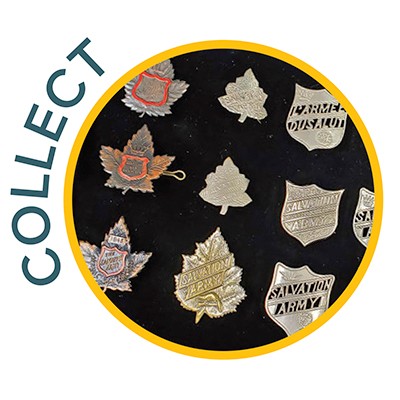
Items from across the territory are collected by the Heritage Centre
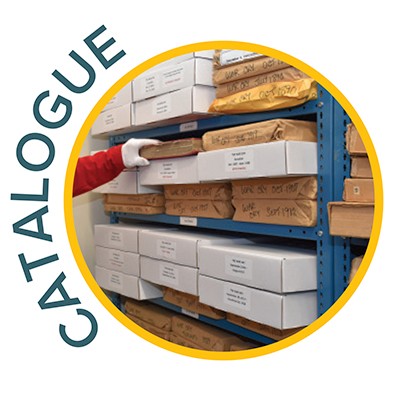
Each item—whether it be a photo, artifact, book or record—has a distinct record in the database
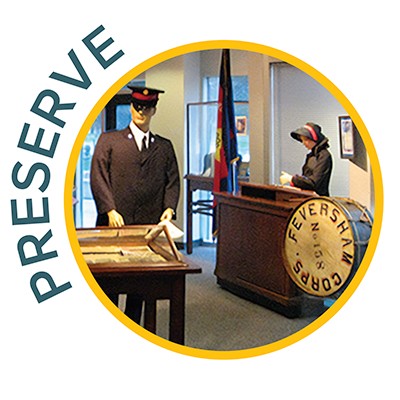
At the Heritage Centre, visual, photo and audio files are scanned and/or converted to usable formats

The 350,000 items have both a searchable presence and a physical representation
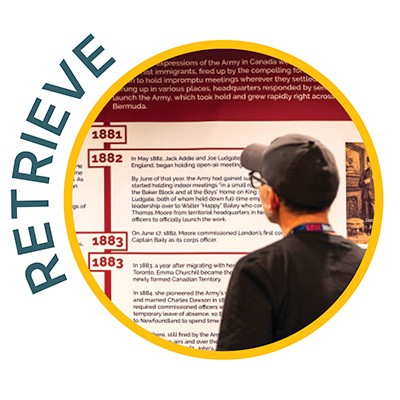
Every item will be easily accessible by students, historians or Salvationists
This story is from:




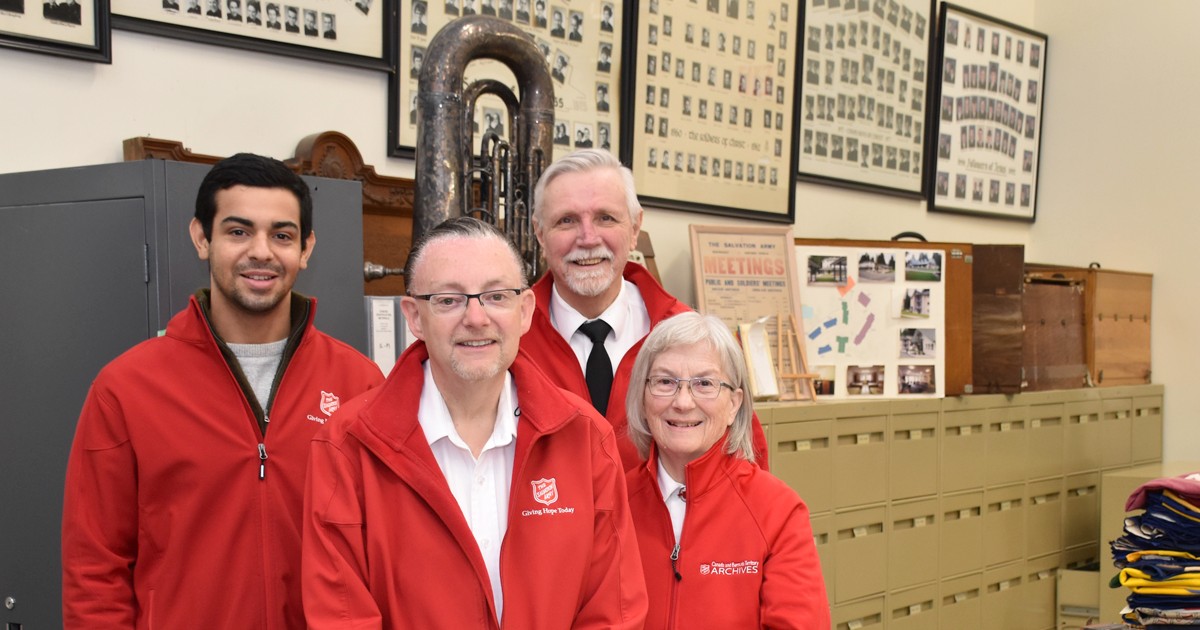

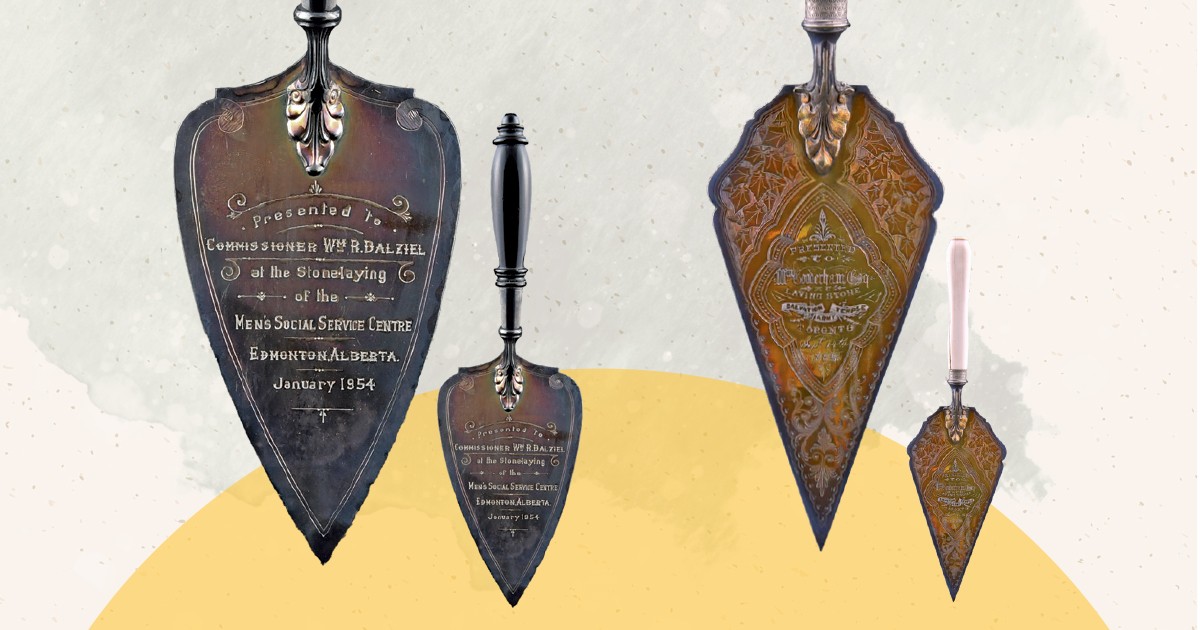
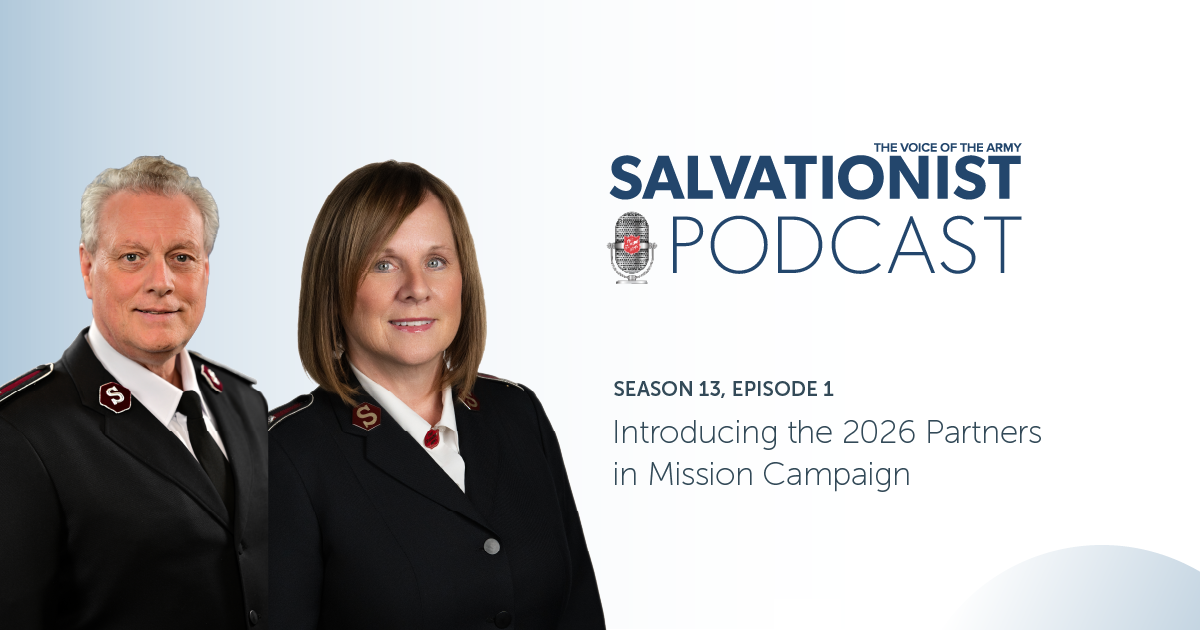


The Salvation Army has a fantastic history made by thousands of unknown soldiers around the world. Great to hear of the efforts made in Toronto to look after our history.